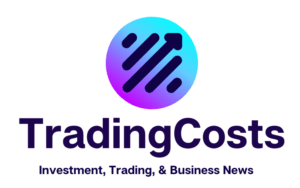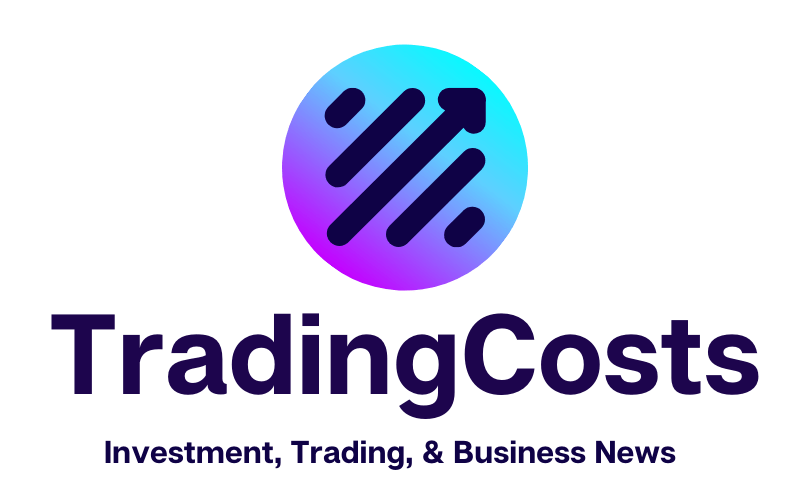Assets have evolved from heavy site equipment and other physical infrastructure. Today, creatives sell millions in NFT’s without manufacturing and transporting physical properties. The need to protect and leverage creative files, conceptualizing them as assets, has become more critical than ever. Digital asset management can be a great way to manage the content life cycle from ideation to the delivery process. Here are some ways your company can benefit from digital asset management.
Improved Marketing Results

Accuracy and speed are two vital elements for marketers. Getting quick access to the right content can go a long way to scale an organization’s marketing efforts. However, the reality is not as smooth as many marketers want it. Creating content for your marketing efforts requires extensive research, planning, and several mock results before approving the final campaign.
Having a digital asset management (DAM) platform can make the process manageable. A DAM solution can serve as a content management platform that hosts all your marketing files for present and deferred use. The central repository can also help streamline the workflow of your creative team aiding content discovery and scheduled publishing.
Brand Consistency
Branded content can be a great way to improve visibility across all social media platforms. A huge part of brand management and marketing depends on how companies can repetitively leverage brand assets like your logo. DAM can be essential for content creation and marketing partners who play a major role in your marketing. Digital asset management platforms make it easier for content creators to access your digital brand assets in real-time for new content.
Some companies may have different requirements for using your brand assets depending on the file type or format. For instance, a brand logo saved in PNG creates issues for designers when an artwork’s background color matches your logo. In such cases, designers can use different methods for your logo to stand out, which may change its appeal for end-users. With a digital management solution, designers can access your brand assets in multiple formats to suit their needs and reduce the hassle of tweaking. Given this, you can create brand guidelines linking instructions to specific content types from your content repository.
Effective Monitoring
Content marketers rely on insights to improve and tailor posts according to customers’ changing needs. Marketing analytics have become essential in today’s marketing. Many marketers use these insights from analytics platforms to determine the next levels of marketing investments. Even though content platforms have inbuilt analytics features that aid content performance, content marketers continually seek measures to collate information across multiple platforms. DAM software can be a great way to improve the ROI-measurement function of content marketing teams. Thus, a one-stop shop to generate all insights from your marketing assets across multiple channels.
Work Storage

The world’s social media space is now home to about five billion users. These users create 95 million posts on Instagram, 500 million tweets on Twitter, and over four billion Facebook posts each day. Companies tempted to play catch up may have to create content results in advance. But where do they keep all the content? And what guarantee is there to ensure companies don’t lose planned content?
It might not be easy for your content team to recreate lost content. It may lead to increased budgets for content creation and reduce creative energy from your creative team. That’s where digital asset management platforms come in. Many digital systems store assets to the cloud, a more secure alternative than hardware storage devices. The cloud even adds extra benefits, including remote access. Different teams from the same company can access and leverage assets from anywhere in the world.
All in all, DAM can be a way to go for companies leaders seeking scalability and may have to reach more potential customers and enlist remote teams in new markets.











